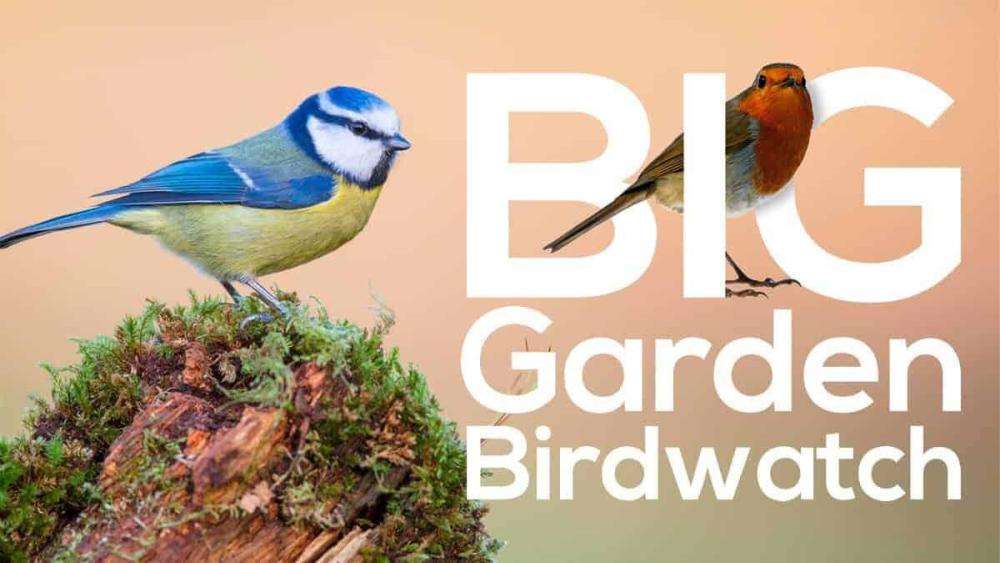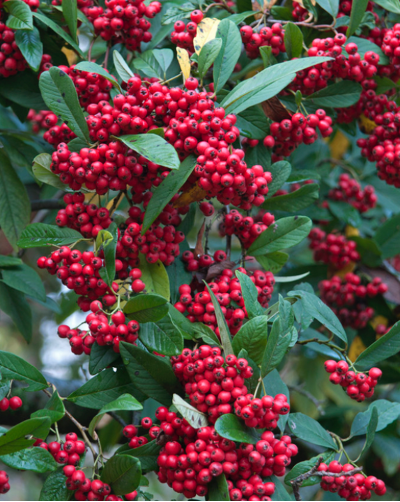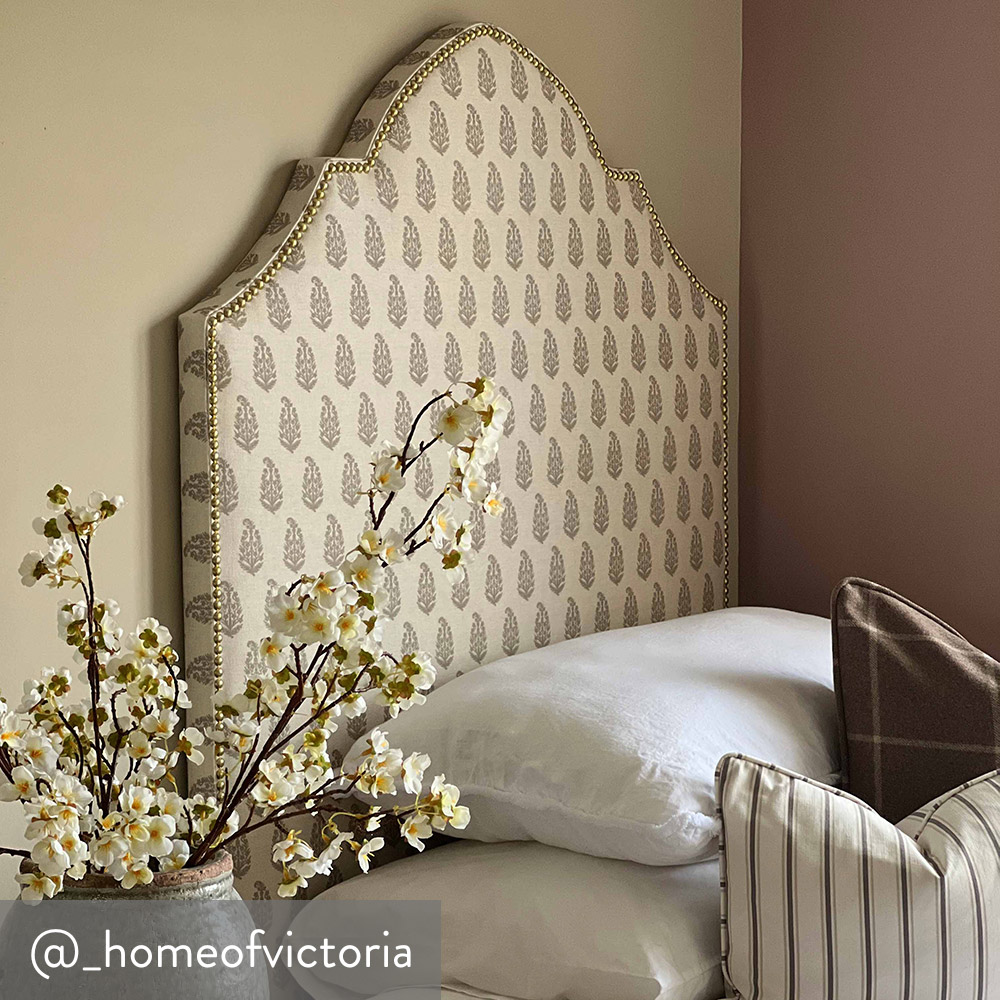
What an amazing hour my wife and I had taking part in this year’s garden birdwatch – but first some background.
The Garden
We both love birds and nature, and this goes hand in hand with our love of gardening. We have always fed the birds, but since last October we have been feeding the birds more intensively, always making sure the feeders never run out, rotating them when they need cleaning, and all for the pleasure that an ever-increasing variety of avian visitors bring.
We have recently increased the number of hanging feeders; five which are niger seed, two feeders with sunflower seed kernels, one with suet balls and one that I fill with layers of whole peanuts and RSPB nibbles. These are all the caged, squirrel-resistant type apart from the niger which the squirrels can’t be bothered with!
Our 7 year old Cheshire garden is not large but fortunately we’re at the end of a small close which backs onto a park and therefore benefits from it’s set-aside grassy margins, boundary scrubby hedge and treeline. These form the connected travel networks for roving groups of birds, and any gardens backing onto or joined up with these bird routes will benefit with a greater number of visitors.
In the garden we have a fair few evergreen plants such as smallish Cedars and Pines, half a dozen berry bearing ornamental Hollies and some Cotoneaster trees on one boundary that were heavy with berries this year, and super popular with winter thrushes. The other boundaries have a mix of small and medium Cherry trees, Silver Birch and the ubiquitous Red Robin so loved by developers. We have a fair amount of cover which does give birds more confidence to stay to feed for longer.

Image courtesy of Royal Horticultural Society.
We’ve developed our garden from the almost empty patch the builders left to embrace a trio of requirements that are good for nature, simpler to maintain (we’re getting on a bit!) and beautiful to look at. It’s definitely a deeply meaningful experience enjoying nature’s beauty at close quarters, and plants, trees and shrubs in our gardens can have a great spiritual impact. Even just 15 minutes practicing mindfulness, excluding other thoughts and giving your focus to a plant, tree or green space can help you refresh your mind and tune up your concentration skills.
The Birdwatch
In case you are new to it, the rules of the Big Garden Birdwatch are this: over the course of 1 hour you record the maximum number of any bird species present at the same time – so a flock of five Starlings counts as five but a single Starling visiting five times counts as one. This method is more accurate for recording abundance.
We elected to do the Birdwatch on Saturday 27th January as the weather was forecast to be the best of the weekend, and we picked the slot 10.30 – 11.30am for our hour to record the birds. We’d noticed that Lesser Redpolls had started to make a regular appearance around this time of day and very often birds can be creatures of habit.

Image courtesy of RSPB
Indeed, a male and female Lesser Redpoll were present from the start our of slot, and these delightful birds bring a lot of pleasure being only a recent addition to the garden list. They’re understated birds, although the male has a rose washed breast and both sexes have a small red forehead and a little black ‘nose and chin’. Three Long tailed tits also made an appearance, although compared to recent weeks this was a small party, as regularly we have had up to eleven at a time covering the suet balls in a riot of black, white and pink feathers.

Image courtesy of RSPB
We’re also lucky that Goldfinches visit in good numbers with a small flock of seven visiting during the hour, bringing their flashes of yellow, crimson, black and white and their rapid trills and twittering. Another more recent visitor is the Siskin. Previously the maximum number at any one time had been one male and one female, however they were obviously drawn by the RSPB’s pulling power! We had four at once during the hour, including one absolutely spectacular male.

Image courtesy of RSPB
On the boundary Cotoneasters only a few berries remain now, having been devoured by winter thrushes, Blackbirds and Wood Pigeons, although each of these were present including two Redwings. Always a pleasure to see these winter visitors from Northern Europe that visit in huge numbers each winter, estimated at over one million individuals. Their very defined facial markings and russet red ‘underarm’ separate them easily from our resident Song Thrush, the latter now less common unfortunately.

Image courtesy of RSPB
Making up the rest of the list were good numbers of the ubiquitous Blue Tits, a pair of Great Tits and a single Coal Tit which always somehow looks like the rascal of the tits! Dunnock, Robin and House Sparrow completed our account and we considered it a really successful and very enjoyable hour. A few species that usually visit fairly regularly didn’t arrive in the allotted hour and that’s what’s great about bird watching – you never know what will turn up.
What did turn up for the first time ever in winter, but outside the hour slot, was a fabulous male Blackcap. Generally considered a summer visit for much of the last century, this amazing songster now winters regularly in the UK in small numbers.

Image courtesy of RSPB
So, what's next?
We will continue feeding in earnest through the winter months and then reduce the feeders down to two through the early spring and summer. Redpolls and Siskins are generally winter visitors to gardens, and come the spring roving groups of tits and finches will split back into pairs and individuals for the breeding season. In recent years we have had Robins nest in various places around the garden, usually with two or three broods, and last year Great Tits have used the nestbox and we look forward to see if we are lucky again this year.
If you couldn’t already tell, I have had a lifelong fascination with birds, and I love the RSPB’s holistic approach to giving all of nature a home. Whilst I’m of course saddened by the declining bird population – something that the Big Garden Birdwatch helps us to monitor – I take huge encouragement from the charity’s ongoing conservation work. Over the coming months I am looking forward to my late winter visit to RSPB Lake Vyrnwy, and my spring visit to RSPB Burton Mere wetlands.
The Pure Edit is proud to support the RSBP through our partnership with 1% for the Planet, giving 1% of our annual revenue to help continue the vital work they do in protecting our country’s birds and wildlife. If you’re interested to learn more about why we support this wonderful charity, you can read all about it here.








